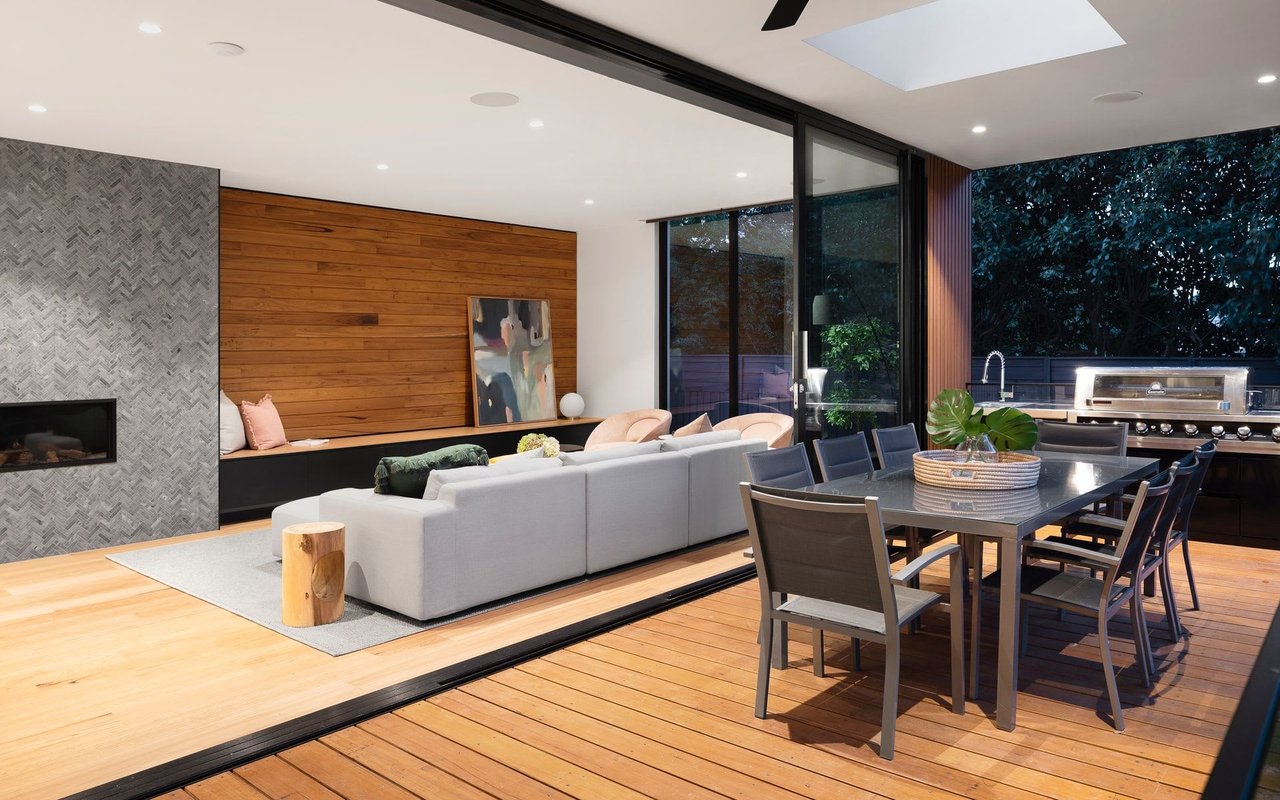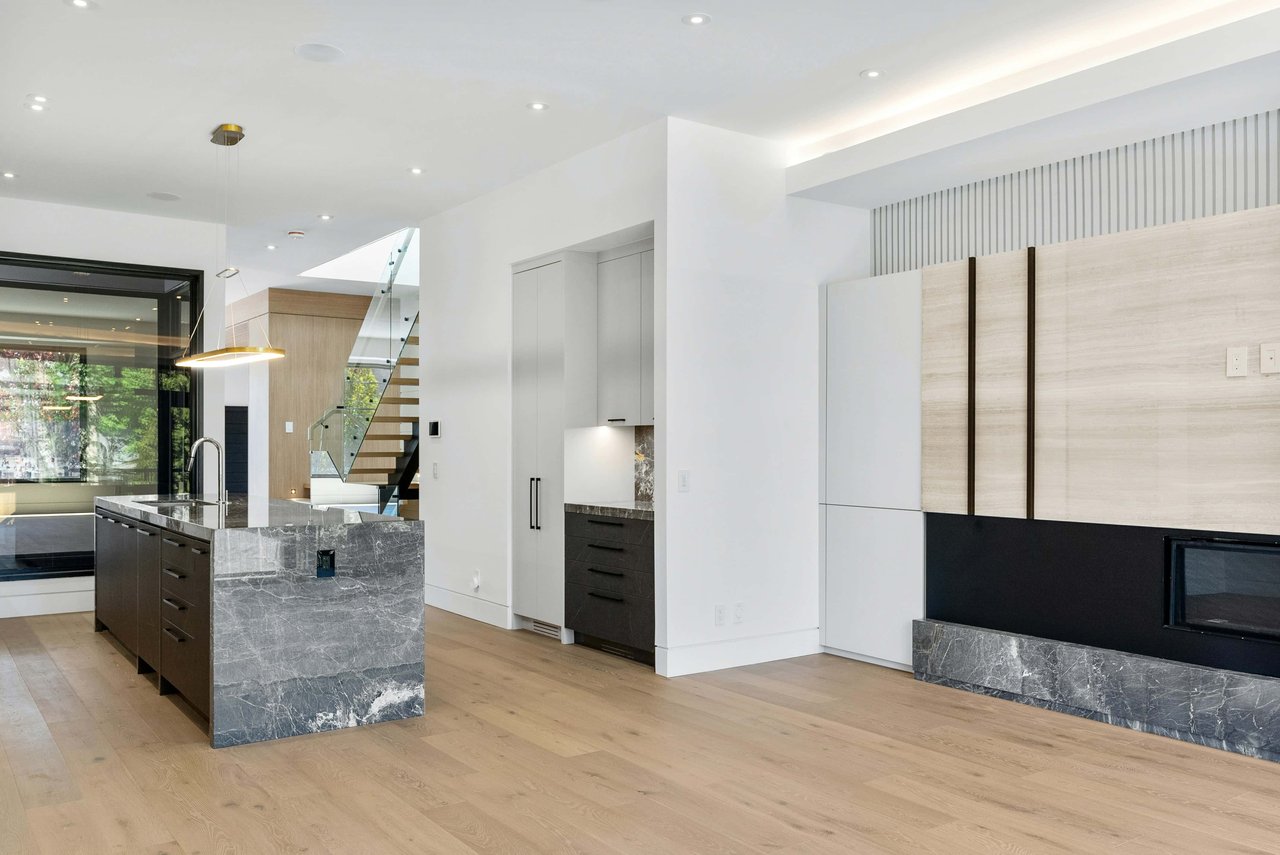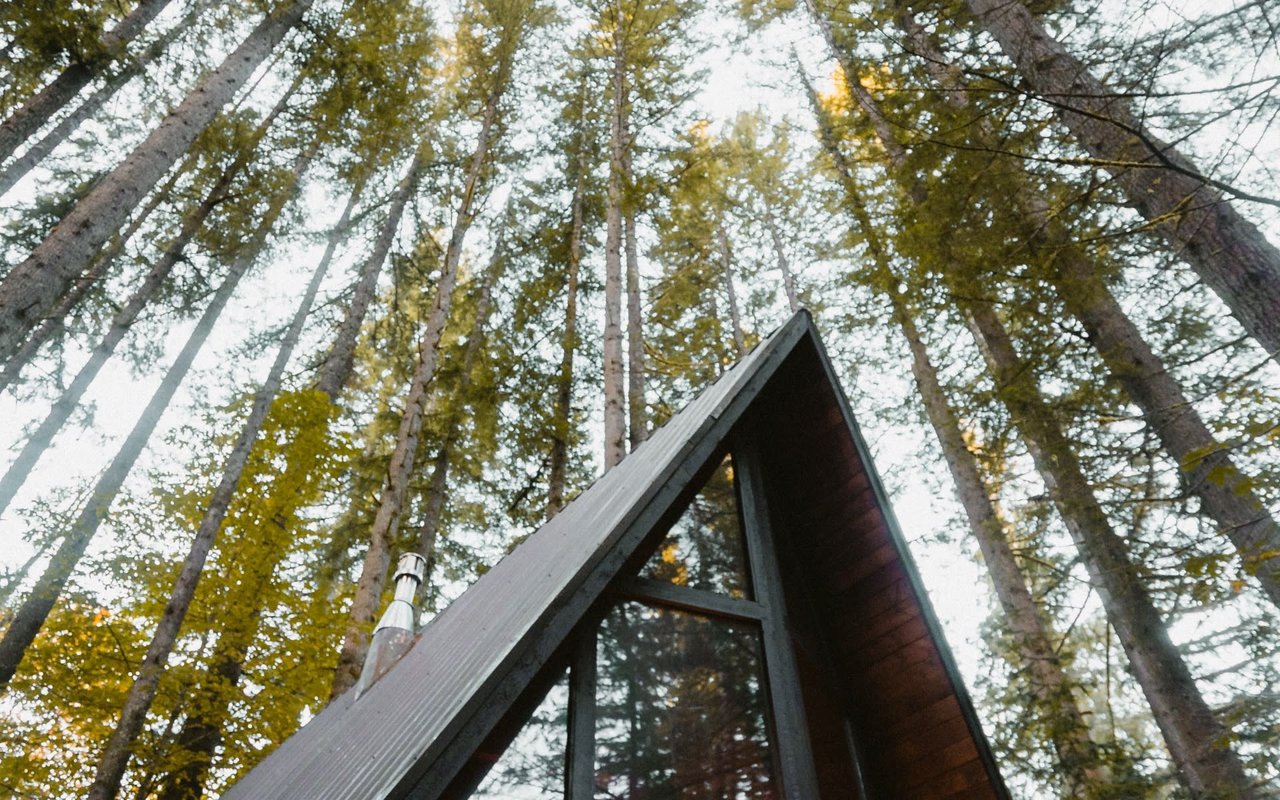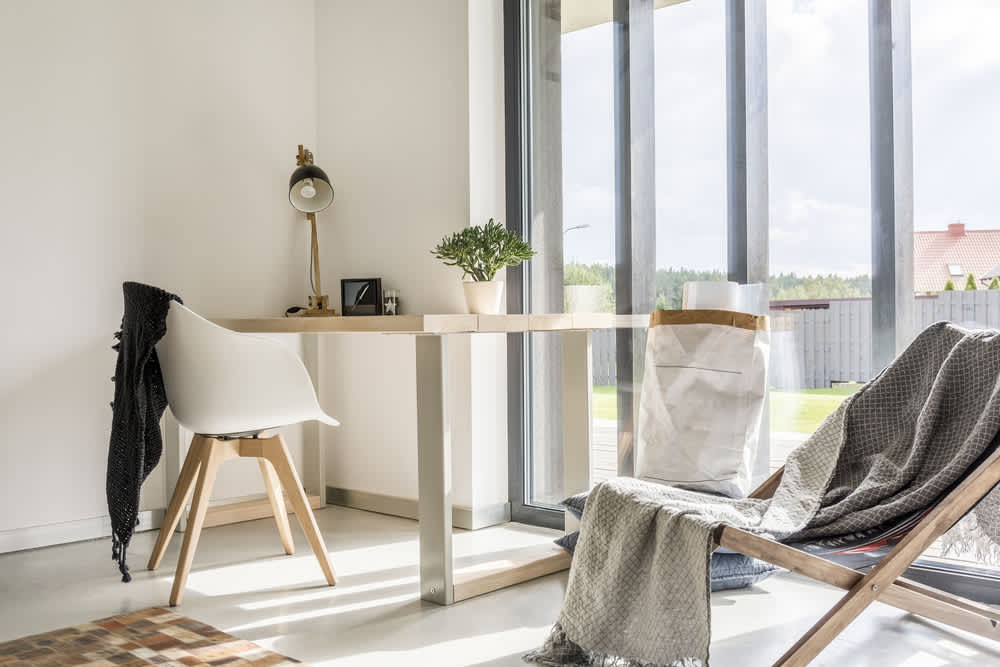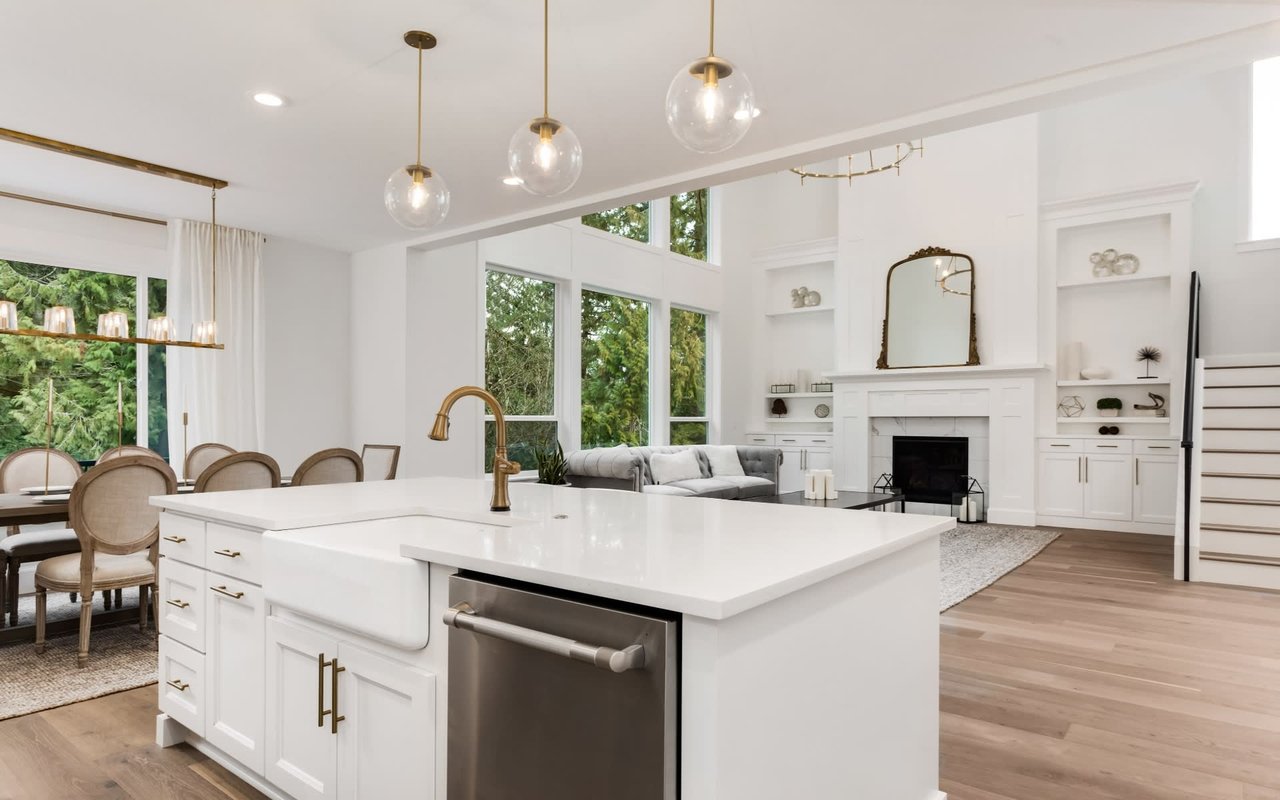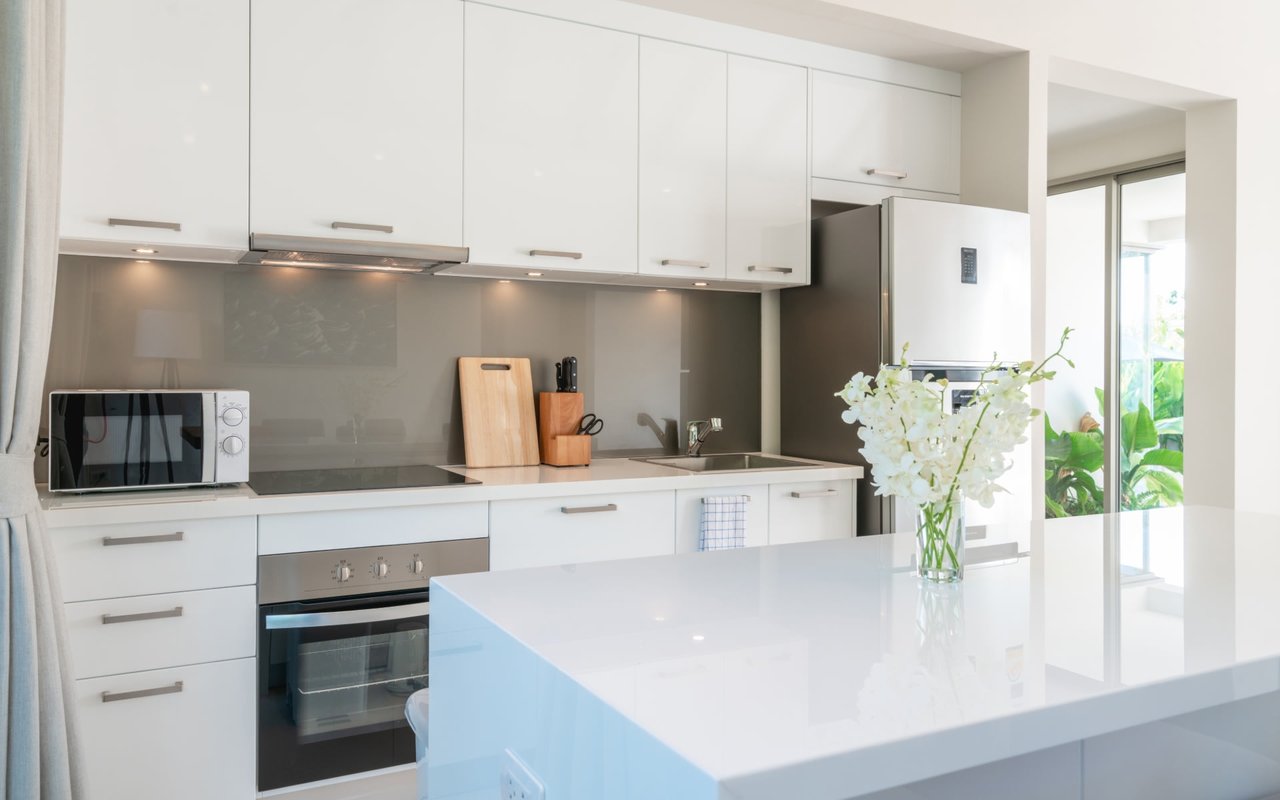Average Price/SF & SP/Assessment Ratio Up
November 19, 2019
Last year 45 homes sold in backcountry Greenwich. This year it looks like we will end the year with around 58 sales. We already have 49 sales so far this year. With 9 contracts waiting to close including one with a list price of $12 million dollars the last month and half of 2019 should be a good. All 9 contracts might not close by year end, but for each one that doesn’t close we may well get an all-cash deal that isn’t presently under contract that will close before year end.
| |
2017 |
2018 |
2019+Contr |
|
% change 17-18 |
% change 18-19 |
| Sales |
45 |
45 |
58 |
|
0% |
29% |
| Average |
$ 3,769,350 |
$ 3,441,086 |
$ 3,223,806 |
|
-9% |
-6% |
| Median |
$2,680,000 |
$ 2,675,000 |
$ 2,327,000 |
|
0% |
-13% |
| Avg. $/sf |
$ 509 |
$ 509 |
$ 553 |
|
0% |
9% |
| Med. $/sf |
$ 431 |
$ 459 |
$ 453 |
|
6% |
-1% |
| Med. OLP/SP |
80.0% |
89.0% |
86.0% |
|
11% |
-3% |
| Med. SP/Assmt |
1.110 |
1.260 |
1.285 |
|
14% |
2% |
| Med. SF |
6,097 |
5,495 |
5,713 |
|
-10% |
4% |
| SP/Assmt % of ’15 |
0.78 |
0.89 |
0.90 |
|
|
|
For the people that actually like good news, our average price per square foot is up 9% in backcountry. Our sales price to assessment ratio is also up 2% compared to last year’s ratio. None of this get’s reported in the Wall Street Journal, the National Review or even in the Greenwich Time’s front page article entitled “Sales still slumping for backcountry homes”. All three stories came about because Regis Philbin bought a beautiful home in 2008 for $7.2 million dollars and he has recently listed it for $4.595 million. This one property has come to define the market to readers outside of Greenwich, but anecdotes don’t make a market.

Had these reporters really wanted to bash Greenwich, they could have used the drop in the average sales price over the last two year, which is down 14.5% from $3.8 million to $3.2 million. Our median sales price is down 13.2% from $2.68 million to $2.33 million, both of these numbers are indicators, but not good indicators of what prices are doing in backcountry Greenwich.
The reason they are not good indicators is that higher sales in backcountry have brought average prices down, since the increased sales are mostly from $1 – 3 million. The result is that increased sales of below average homes are bringing down both the average and the median sales price in backcountry. (These houses are not otherwise below average houses, but more about that later.)
So, prices are down, and sales are up, which is basic supply and demand. Prices have reached the point where people are seeing good bargains in backcountry and they are buying. I’ve sold three houses in backcountry this year compared to none last year. Among the three houses there were 8 offers in total. None of the sales were easy and several times I was glad I’d been a real estate lawyer for 14 years before becoming a real estate agent. Buyers are driving hard bargains and you have to know when to push back. On the other side, I had two buyers walk away from accepted offers, when the inspection showed more work than they had planned for when they visited the house. If buyers are going to buy in backcountry, they really like the house to be in good shape.

Half of all the high-end houses in Greenwich are in backcountry, many of which are owned by well know people. These are the ones that get the attention in the national press. The oft repeated shibboleth is that we have a mismatch between what today’s buyers want compared to what was built in the go-go digits decade of this century. There is some truth to that, living large in a big English manor house or Georgian is not as popular as it was before the recession. Having said that, these houses sell better than old high-end houses. In the last three years we have had 22 houses sell for more than $5 million in backcountry of those 22 houses, 12 or 54% were built in this century with only 5 being built after the recession.

Backcountry Sales 2018
We actually have more of a problem selling 20th century houses that need work than we do selling, 21st century houses don’t have today’s homier, open floor plan. Now having said that they are still a tough sell. High-end houses, with lots of square footage, that need work, or don’t have today’s style in the backcountry are difficult to sell and are selling at a big discount to what they were sold for at the peek of market prices in 2009. For the old timers who have lived here for many years, they are seeing sales prices that are multiples of what they paid for their house originally.

Backcountry sales and contracts as of 11/19/19
You also can’t paint backcountry with a broad-brush. Even in backcountry houses over $5 million only represent 28% of the inventory. Under $1 million we have only one house, which means that 71% of our market is between $1 and 5 million. Much of that market is seeing good buyer activity at today’s lower prices. (Parkway school had to add another kindergarten class recently.)
As mentioned before these houses are not below average. What you can get for $1.8 million in backcountry compared to $1.8 million in downtown or Old Greenwich is amazing. Many people who grew up on larger properties really appreciate having more room for their activities and family. These houses are such values that they compare very well to building from scratch. Having said that people who really want their own home are building exactly what they want in backcountry where issues like siting, amenities and guest houses are much easier to get through town departments.
Right now, backcountry is going through major changes, which are often wrenching changes for those that bought in the late digits. Buyers however are finding great bargains and interestingly some of the most distant houses along the New York borders are attracting people due to the resurgent night-life in Armonk and an excellent community theater in Bedford. In a couple of years some folks will be kicking themselves that they didn’t buy when they could.
